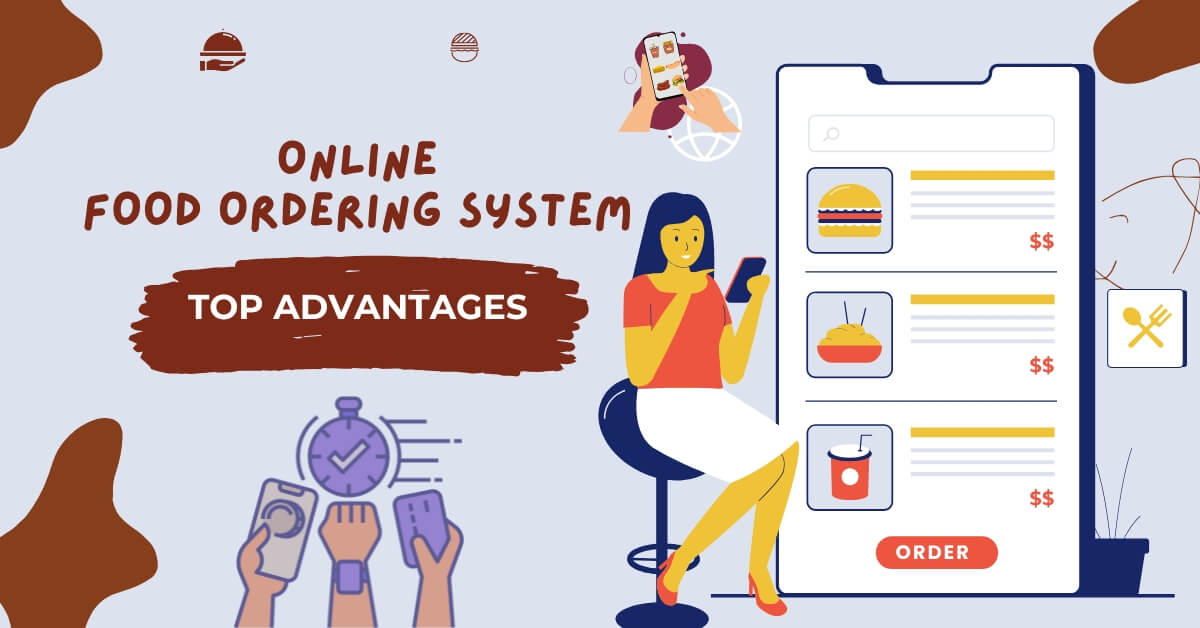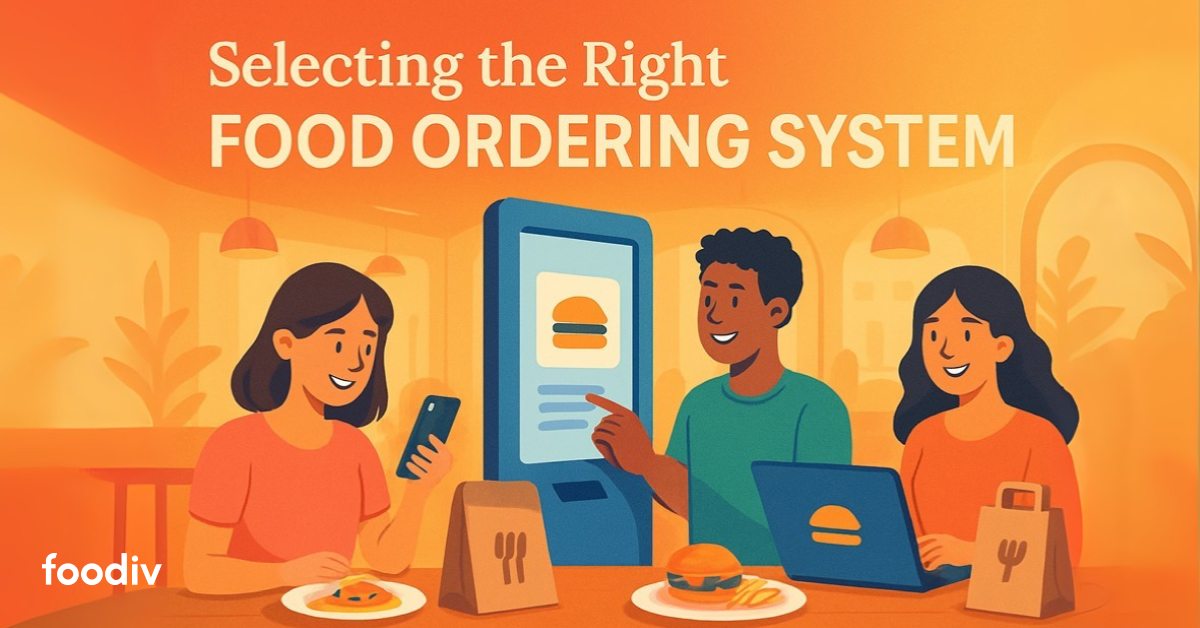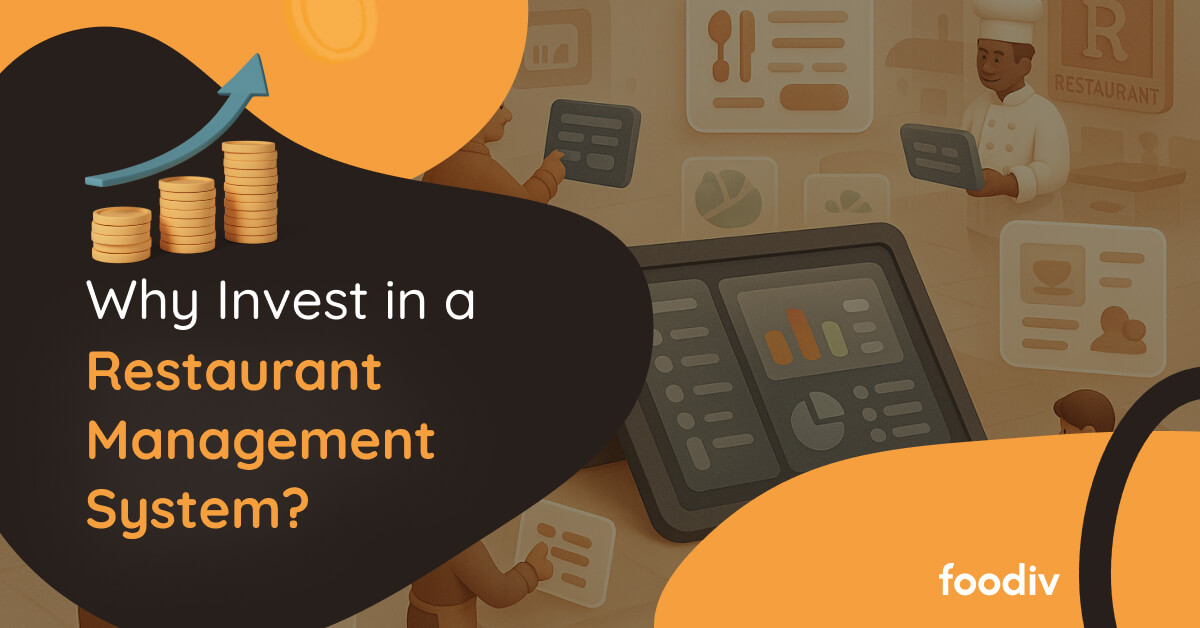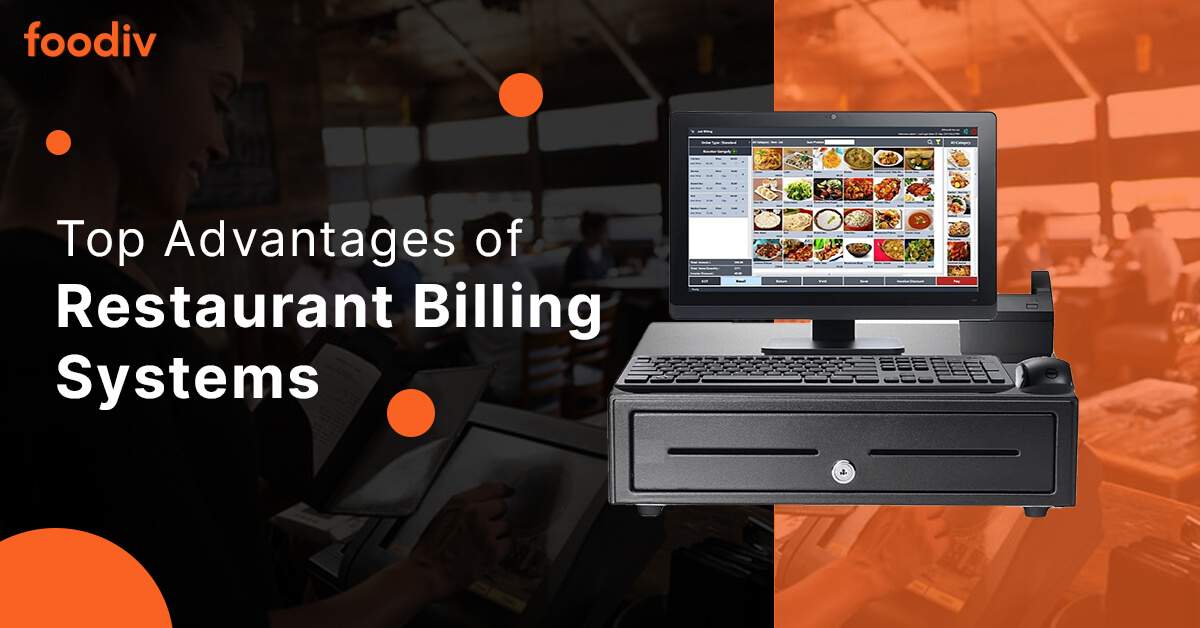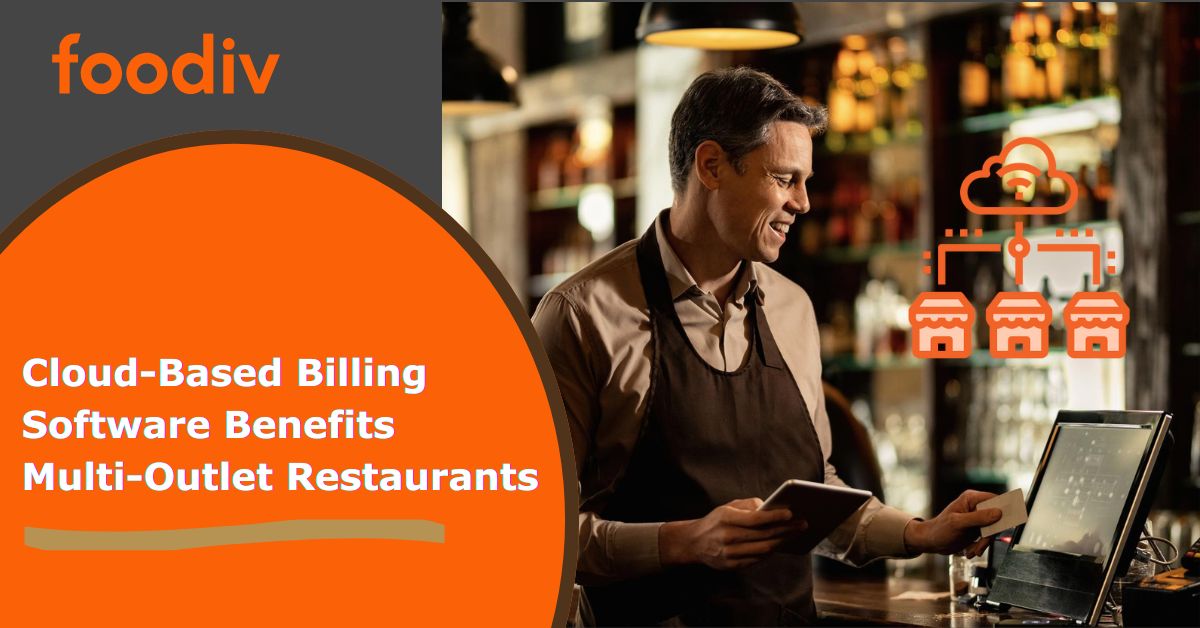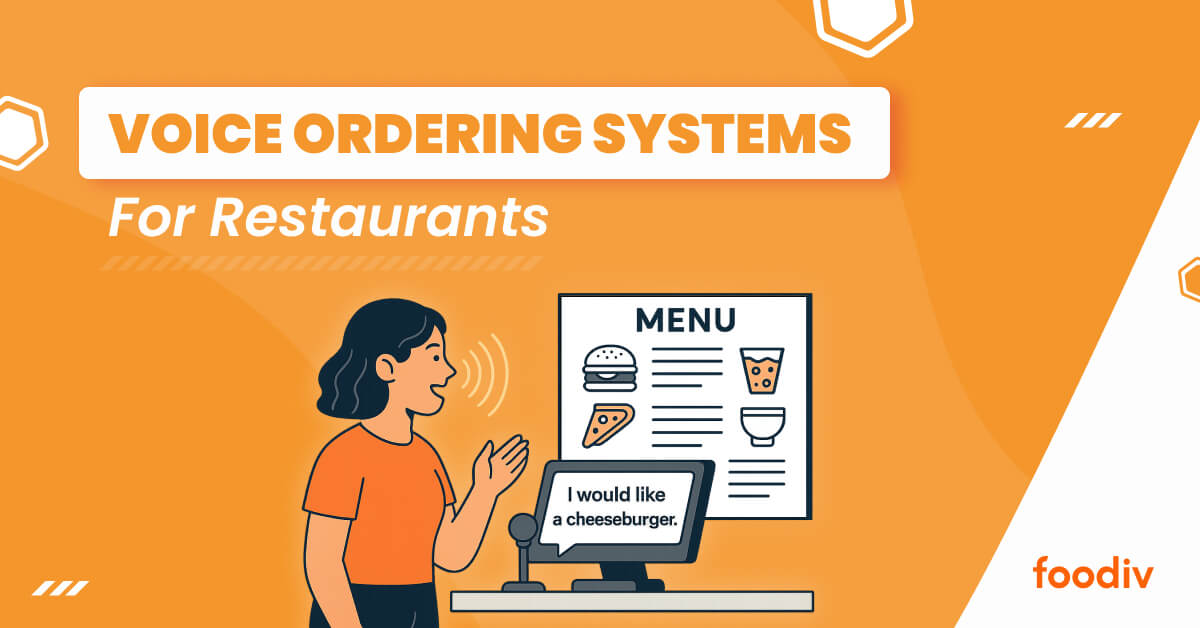
The pace of restaurant ordering technology has accelerated over the past decade. From placing orders at the counter to phone calls, then to websites and mobile apps, each advancement has aimed to improve speed, accuracy, and guest satisfaction. Now, a new wave is emerging in the form of voice ordering for restaurant settings.
A voice ordering system allows customers to place orders simply by speaking. This interaction can happen on smart devices, in mobile apps, over the phone, or through in-store kiosks. It creates a natural and efficient way to communicate with a restaurant without using hands, reading screens, or navigating complex menus.
Restaurant owners, managers, and hospitality technology professionals view voice ordering as a tool that simplifies operations. A voice-based food ordering system can reduce wait times, lower the risk of human error, and maintain consistent service quality even during peak periods. It also supports upselling by offering targeted suggestions through guided voice interaction.
Quick service restaurants, cloud kitchens, and full-service establishments have been among the early adopters. Automated voice assistants can manage multiple customer requests at the same time, allowing staff to focus on preparation and service delivery. A voice ordering system often integrates with existing restaurant tools, including the point-of-sale system and kitchen workflow displays.
The rise of voice ordering for restaurant use reflects a larger shift toward contact-free and hands-free dining experiences. It aligns with customer demand for convenience while delivering measurable benefits to restaurant operations. As the technology continues to mature, a voice-enabled food ordering system is becoming a valuable channel for restaurants of all sizes.
What is Voice Ordering for Restaurants?
Voice ordering for restaurant refers to the use of spoken language to place food and beverage orders in a restaurant environment. It allows customers to interact with a digital ordering interface using voice commands instead of tapping or typing on a screen. This approach creates a faster and more intuitive experience, especially during busy times or when customers want a hands-free option.
Voice ordering can happen in several ways. Customers might speak to a voice assistant on the restaurant’s mobile app. They might use a smart speaker at home to reorder a favorite meal. Some restaurants also use voice ordering software to answer customer calls automatically, take orders, and send them directly to the kitchen or point-of-sale system.
This method is gaining attention among restaurant owners, especially those running quick-service locations or high-volume delivery businesses. Voice ordering for restaurant operations reduces the need for staff to manually take phone orders, allowing them to focus on service and food preparation. It also helps prevent order errors that can occur with unclear phone conversations or multitasking.
Unlike traditional digital ordering, which depends on visual interfaces, voice ordering creates a more natural flow. It allows the customer to speak as they would to a human staff member, making the process feel personal and convenient. The growing use of voice assistants and speech recognition tools across various industries has made voice ordering more familiar to many users.
Restaurant managers, cloud kitchen operators, and technology consultants often explore voice ordering for restaurants as part of a broader digital strategy. It supports speed, consistency, and ease of access while also helping to meet the expectations of tech-savvy diners.
How Does Voice Ordering Work?
Voice ordering for restaurant operations creates a smooth and natural way for customers to place food and beverage orders using only their voice. This process replaces traditional methods like tapping on a screen or waiting on hold. It makes ordering more intuitive by allowing customers to speak to a digital assistant just as they would speak to a human staff member. The entire experience is powered by a combination of voice recognition, language processing, and restaurant integration tools. Each step works together to understand the order, process it correctly, and send it to the kitchen with minimal delay.
Speech Input and Capture
The process begins when the customer speaks to a supported device. This may include a phone, a smart speaker, a tablet, or a kiosk. The voice input is captured clearly, even in a busy environment, and prepared for further analysis by the voice ordering system.
Speech-to-Text Conversion
Once the system captures the spoken input, it converts the voice into text using advanced speech recognition tools. This step allows the software to handle a wide variety of speech styles, accents, and natural conversation patterns.
Understanding the Intent
After the voice becomes text, natural language processing identifies the specific menu items and details within the customer’s request. The software can understand complex orders, apply special instructions, and recognize order combinations based on customer intent.
Menu Logic and Order Structuring
The voice ordering software uses the restaurant’s digital menu to format the order. It applies rules for availability, pricing, and customization. It can also offer suggestions to enhance the order and guide the customer through the completion process.
Order Confirmation and Payment
The system reads the order back to the customer to ensure accuracy. If the restaurant supports voice-enabled payments, the customer may also pay through voice prompts. This keeps the entire interaction hands-free and quick.
System Integration and Dispatch
The final order is transferred to the restaurant’s pos system or kitchen display. This makes it easy for the kitchen staff to begin preparation right away. The seamless flow from spoken input to kitchen ticket helps reduce wait times and improves order accuracy.
Key Benefits of Voice Ordering for Restaurants
Voice ordering for restaurant use offers several advantages that improve both customer experience and operational efficiency. As food service businesses seek ways to serve guests faster and more accurately, voice ordering system is becoming a valuable part of the restaurant technology stack. It allows staff to focus on preparation while customers enjoy a smoother, hands-free ordering process. This section outlines the most important benefits that voice ordering brings to modern restaurants.
Faster and More Natural Interactions
Voice ordering allows customers to speak their order in a way that feels familiar. Unlike traditional digital menus or mobile forms, voice input removes the need to navigate buttons or read long lists. This speeds up the process, especially for regular customers who already know what they want. Guests can place their full order in just a few sentences, and the system responds without delay.
Operational Efficiency and Cost Savings
Restaurants that handle high order volumes benefit from voice ordering system by reducing the need for staff to take phone calls or enter orders manually. This lowers labor costs and helps teams focus on food quality and timely preparation. The system can handle multiple requests at once, even during peak hours, which helps restaurants serve more guests without adding extra staff.
Better Upselling and Personalization
Voice ordering for restaurant operations also supports upselling by offering suggestions during the order. For example, the system may ask if the guest would like to add a drink or dessert. It can also remember previous preferences, helping returning customers complete their orders faster. These features increase average order value and create a more personalized experience.
Enhanced Accessibility and Inclusion
Voice ordering helps make restaurant services more accessible. Customers who may find it difficult to use touchscreens or small mobile devices can speak their order clearly. This makes the process easier for people with limited vision, mobility challenges, or unfamiliarity with digital menus. Voice interfaces are familiar to many through everyday use of smart speakers and virtual assistants, which makes adoption easier.
Common Use Cases for Voice Ordering in Restaurants
Voice ordering for restaurant operations can be applied in different service models and customer settings. The flexibility of voice input makes it suitable for various touchpoints where convenience, speed, and accuracy matter. Each use case enhances how restaurants interact with customers while supporting a smooth and efficient ordering process.
Phone-Based Ordering Systems
Many restaurants receive a large number of phone orders each day. Voice ordering solution can answer calls automatically, take customer orders, and send them directly to the kitchen or point-of-sale system. This reduces the chance of missed calls, eliminates hold times, and allows staff to focus on preparation instead of managing the phone. This approach is especially useful in busy quick-service restaurants and cloud kitchens.
Voice in Drive-Thru Environments
Voice ordering technology can also be used at drive-thru locations. Instead of speaking to a staff member through a headset, the customer interacts with a voice assistant. The system takes the order clearly, confirms it, and forwards it to the kitchen. This process reduces errors, speeds up service, and improves the overall guest experience. It also helps restaurants serve more customers in less time, especially during peak hours.
Voice-Enabled Smart Devices
Some restaurants offer ordering through smart devices such as home speakers or in-car systems. Customers can place their order while at home or on the road, and the request is sent to the restaurant in real time. This type of voice ordering provides a high level of convenience for repeat orders and supports off-premise dining without requiring a screen or app.
In-Store Voice Kiosks and Tablets
Restaurants can place voice-enabled kiosks or tablets inside the dining area. These devices guide customers through the menu using voice prompts and responses. Guests can complete their order by speaking to the device, which is especially helpful for those who prefer contact-free or hands-free interaction. This use case supports both dine-in and takeaway orders with less staff involvement.
Mobile Apps with Voice Input
Restaurants that offer branded mobile apps can include a voice ordering feature. Customers launch the app, speak their order, and complete the transaction without typing. This feature can make mobile ordering faster and more engaging. It also helps restaurants build loyalty by making the process simple and consistent for regular guests.
The Technology Behind Restaurant Voice Ordering
Voice ordering for restaurant operations is powered by a group of technologies that work together to deliver a smooth and reliable experience. Each part of the process helps the restaurant understand customer requests, prepare accurate orders, and improve service quality. These tools are designed to perform in real-world restaurant environments where speed, clarity, and integration are essential.
Speech Recognition
The first step in voice ordering is converting spoken words into written text. This is done using automatic speech recognition. The software listens to the customer’s voice and processes it into accurate, readable input. This tool is trained to recognize various accents, speech speeds, and natural speaking patterns. It helps customers interact with the restaurant in a way that feels familiar and easy to use.
Natural Language Processing
After the system captures the text, natural language processing identifies what the customer wants to order. This step interprets menu items, portion sizes, preferences, and any custom instructions. It allows the voice ordering software to understand different ways of speaking and respond correctly. This leads to a better experience for both new and returning customers.
Integration with Restaurant Systems
Voice ordering system connects with the restaurant’s point-of-sale system, kitchen display system, and order management tools. This connection allows the software to send the order directly to the kitchen without requiring staff to enter it by hand. This speeds up the process and reduces mistakes. Many restaurants also use these tools to track order history and manage updates in real time.
Learning from Data
Voice ordering technology becomes more effective over time by learning from repeated use. It recognizes common requests, adapts to customer preferences, and improves accuracy with each interaction. This learning process helps restaurants provide better service by reducing errors and making ordering faster for regular guests.
Challenges in Voice Ordering Implementation for Restaurants
Voice ordering for restaurant environments offers many benefits, but there are also some challenges that restaurants must address during adoption. These challenges are not barriers, but they do require attention and planning to ensure successful use of voice ordering software in daily operations.
Speech Accuracy and Environmental Noise
Restaurants often operate in busy, loud environments. Background noise can affect how well the software captures and understands customer speech. If a customer speaks quickly, softly, or with a regional accent, the voice ordering system may require additional training to improve accuracy. Careful setup and testing are important to make sure the technology works reliably in different conditions.
Privacy, Compliance, and Trust
Restaurants that use voice ordering must follow data privacy standards. This includes managing how voice data is collected, stored, and used. Clear communication with customers builds trust and ensures that they feel comfortable using the system. Restaurants should select voice ordering software that includes strong data protection and secure communication features.
Cost and Technical Integration
Voice ordering technology requires an initial investment in software, hardware, and integration. Restaurants must ensure that the voice ordering system works with their existing point-of-sale system, online ordering tools, and kitchen display systems. This process can require technical support, but once complete, it creates a smooth workflow.
Adoption Barriers
Customers may be unfamiliar with voice ordering or unsure how to use it at first. Staff members may also need time to learn how to support the new process. Restaurants should take time to train their teams and introduce the feature clearly to customers. Simple instructions and guided prompts can help build comfort and encourage adoption over time.
How Restaurants are Using Voice Ordering?
Voice ordering for restaurant operations has moved beyond concept and into real-world use. Several well-known restaurant brands have begun to adopt this technology to improve service quality, reduce operational pressure, and support contactless customer interaction. These early adopters are setting examples for how voice ordering software can be used successfully in different restaurant formats.
White Castle and Drive-Thru Voice Ordering
White Castle introduced voice ordering at select drive-thru lanes. The voice assistant helps customers place orders without staff interaction. Early results showed improved order accuracy and reduced wait times. Staff were able to focus more on food preparation while the voice ordering system handled customer communication. This example shows how voice ordering supports operational speed in fast-moving environments.
Domino’s and Phone-Based Voice Ordering
Domino’s has integrated voice ordering into its phone systems. When a customer calls to place an order, the voice assistant responds naturally and guides them through the process. This solution has helped Domino’s manage high call volumes while maintaining a consistent experience. It also ensures that every call is answered quickly, even during peak hours.
Wendy’s and Voice Technology in Expansion
Wendy’s has tested voice ordering in multiple locations, using the software to improve service at the drive-thru. As the technology proved useful, the brand expanded it to more restaurants. Voice ordering helped Wendy’s streamline order flow and maintain fast service, even with limited staff availability.
Growing Interest from Restaurants of All Sizes
Beyond large brands, smaller restaurants, cloud kitchens, and food trucks are also exploring voice ordering. These businesses see the value in offering faster and more convenient ordering methods. Voice ordering is helping them create consistent service across multiple channels while building stronger connections with customers.
Emerging Trends in Voice Ordering for Restaurants
Voice ordering for restaurant use continues to grow as more businesses explore new ways to serve their customers. As the technology improves and customer expectations evolve, several trends are shaping how voice ordering software is used across the food service industry. These trends reflect a focus on speed, personalization, and broader access.
Multilingual and Context-Aware Ordering
Many restaurants now serve diverse customer groups. Voice ordering technology is beginning to support multiple languages and adapt to different speaking styles. This makes it easier for guests to place orders in the language they are most comfortable using. Context-aware features also help the system respond more accurately by recognizing local menu items and common phrases.
Biometric and Voice ID Authentication
Some restaurants are exploring voice identification tools that recognize returning customers by their voice. This helps speed up the ordering process by automatically recalling past preferences. It also adds a layer of security for voice payments and account access, making the experience more personal and convenient.
Emotion Recognition and Smart Response
Advanced voice ordering software is being developed to detect the tone of a customer’s voice. This allows the system to respond more naturally and adjust based on the customer’s mood or urgency. A calm response to a frustrated tone can improve the overall experience, while a cheerful interaction can build customer satisfaction.
Home Ordering through Connected Devices
Customers are becoming more familiar with ordering food from home using smart devices. Restaurants are beginning to connect their voice ordering software to home assistants and in-car systems. This trend supports off-premise dining and allows customers to place repeat orders without needing a screen, app, or website.
How to Get Started with Voice Ordering?
Introducing voice ordering for restaurant operations requires planning and the right technology choices. For restaurant owners, managers, and hospitality teams, adopting voice ordering system involves more than just installing a new tool. It requires alignment with existing systems, staff readiness, and customer communication. This section outlines the key steps to begin using voice ordering effectively.
Evaluating Restaurant Readiness
Before selecting a voice ordering solution, restaurants should review their current workflows. This includes understanding how customers place orders, what systems are already in place, and which touchpoints would benefit most from voice support. Quick service restaurants, cloud kitchens, and phone-heavy businesses often find the greatest value early in the process.
Selecting a Voice Technology Partner
Not all voice ordering system are the same. Restaurants should choose a provider that understands food service operations and offers strong support. The software should integrate with the restaurant’s point-of-sale system, support voice recognition across different accents, and allow easy updates to the menu. A good partner will also help with setup and provide training resources.
Staff Training and Human Override
Staff members need to understand how the system works and how to support it. Although voice ordering is designed to be automatic, there should be a way for staff to step in if needed. This might include helping with unusual requests or assisting customers who prefer to speak to a person. Clear roles and training make the process smoother and build staff confidence.
Marketing the New Experience
Once the system is ready, restaurants should promote the voice ordering feature to guests. Signage, menu notes, and staff suggestions can help introduce the service. Mobile app updates and social media announcements also raise awareness. Customers who try voice ordering and have a positive experience are more likely to use it again.
Conclusion: The Voice-Enabled Future of Restaurants
Voice ordering for restaurant operations is shaping the future of how customers interact with food service. As more restaurants explore digital transformation, voice technology stands out as a practical and effective solution. It improves service speed, reduces manual tasks, and offers guests a more natural way to place orders.
Restaurant owners and managers who adopt voice ordering are able to serve more customers with fewer errors and greater efficiency. The technology supports personalization, enhances accessibility, and creates a consistent experience across dine-in, takeaway, and delivery settings. As the tools become more advanced, the benefits continue to grow.
The shift toward voice interaction reflects a broader change in how people use technology in daily life. From smart homes to in-car systems, voice input is becoming part of everyday routines. Restaurants that introduce voice ordering are meeting customers where they already are and providing a service that feels modern, simple, and responsive.
Platforms like Foodiv play an important role in making voice ordering accessible to more restaurants. With its focus on commission-free online ordering and restaurant-friendly tools, Foodiv allows food businesses to integrate voice technology into their own branded ordering systems. This gives restaurants more control over the customer experience while staying competitive in a fast-changing market.
Voice ordering is not a temporary trend. It is a long-term tool that supports business growth, customer satisfaction, and operational efficiency. As adoption increases, restaurants that act early with platforms like Foodiv will be better positioned to lead in a competitive industry.


